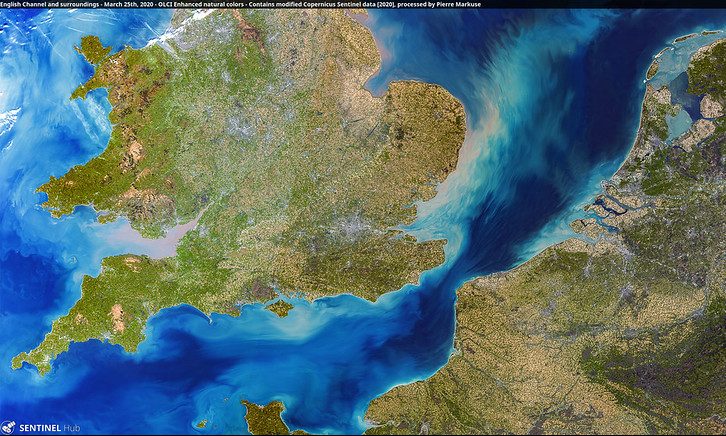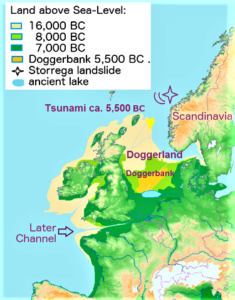
The English Channel
The English Channel was formed by catastrophic flooding from the direction of the North Sea. This occurred anything from 10,000BC to 3,800BC and was an after-effect of the sinking of the land mass known as Doggerland, which once connected the UK and Ireland to northern Europe and Scandinavia. The breach of the last sliver of land linking England to France was either the result of a megatsunami or the bursting of the banks of a massive lake.

The English Channel (or La Manche, in French) is 350 miles long but only 21 miles wide at its narrowest point, the Strait of Dover. It is also quite shallow there, as this was the breach point mentioned above. It is one of the world’s busiest shipping routes. Not only do captains have to take account of varying tides, currents and weather conditions such as fog, but they must also make sure they are sticking to the correct lane.
Marine craft of all kinds are travelling east, west, north and south, along with the occasional brave swimmer making the crossing for charity. The English Channel has been the scene of several ‘firsts’ over the years, including the first jet-powered hoverboard crossing in August 2019.
(Top image: Pierre Markuse at Flickr.com / CC BY 2.0)
